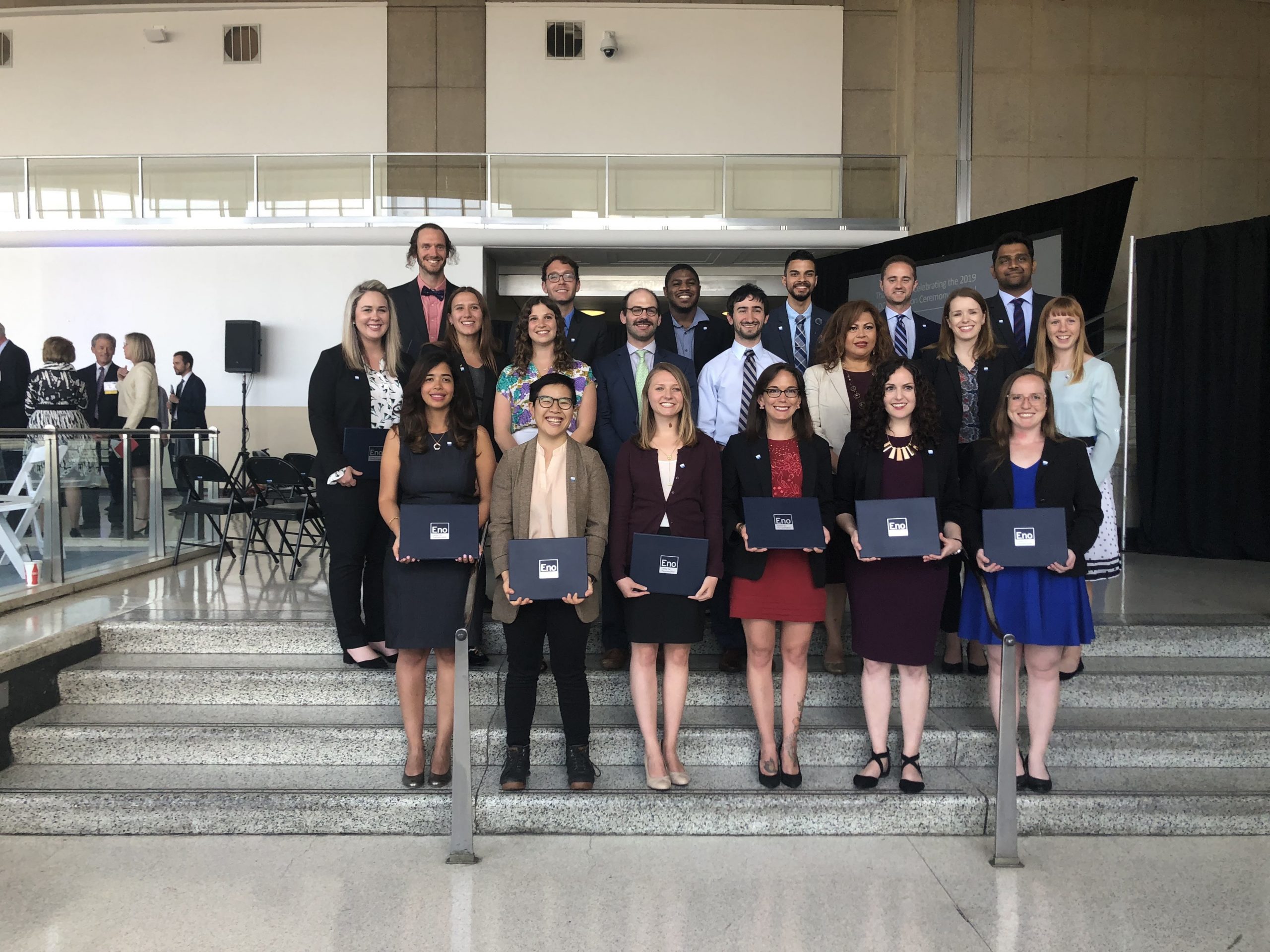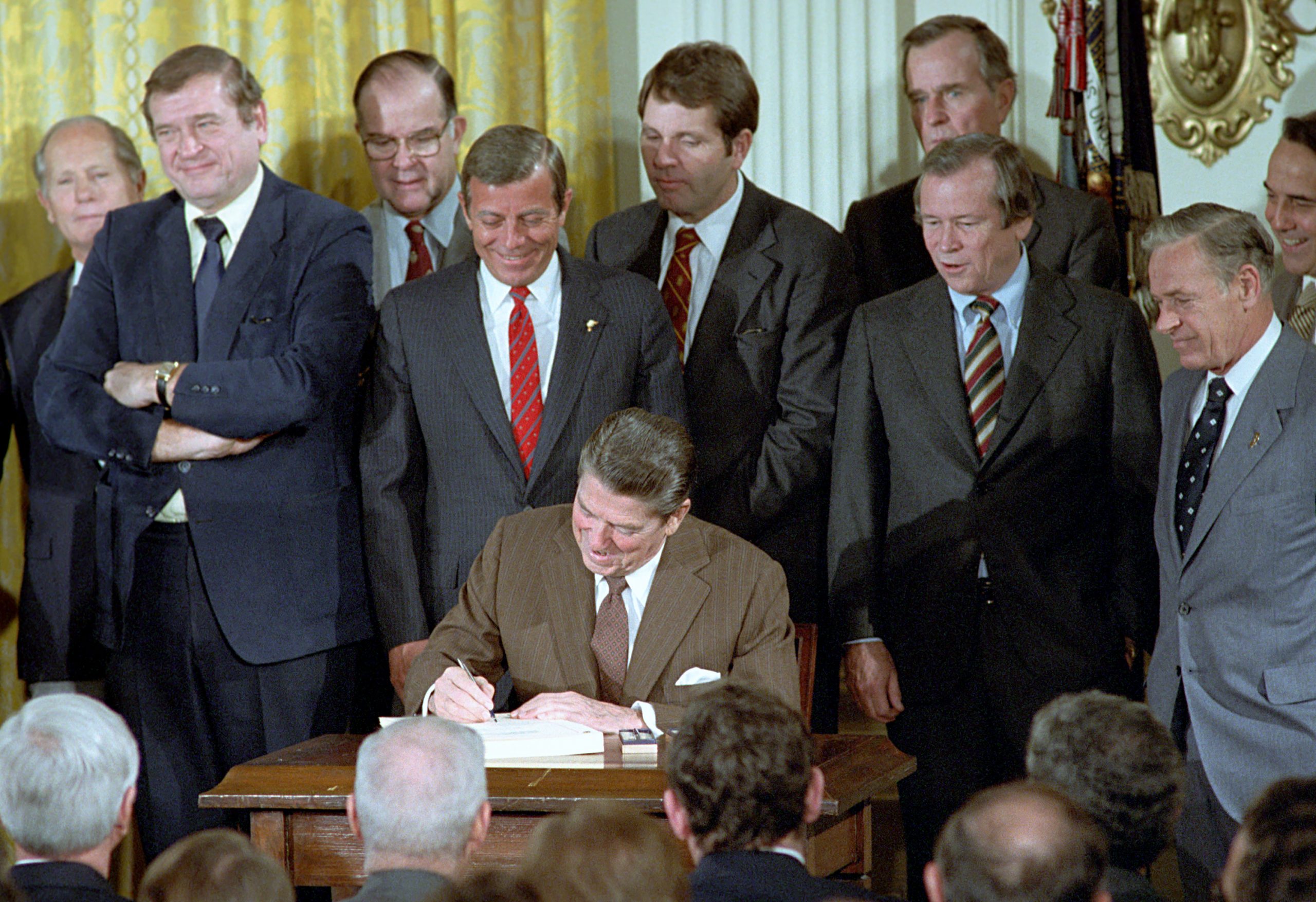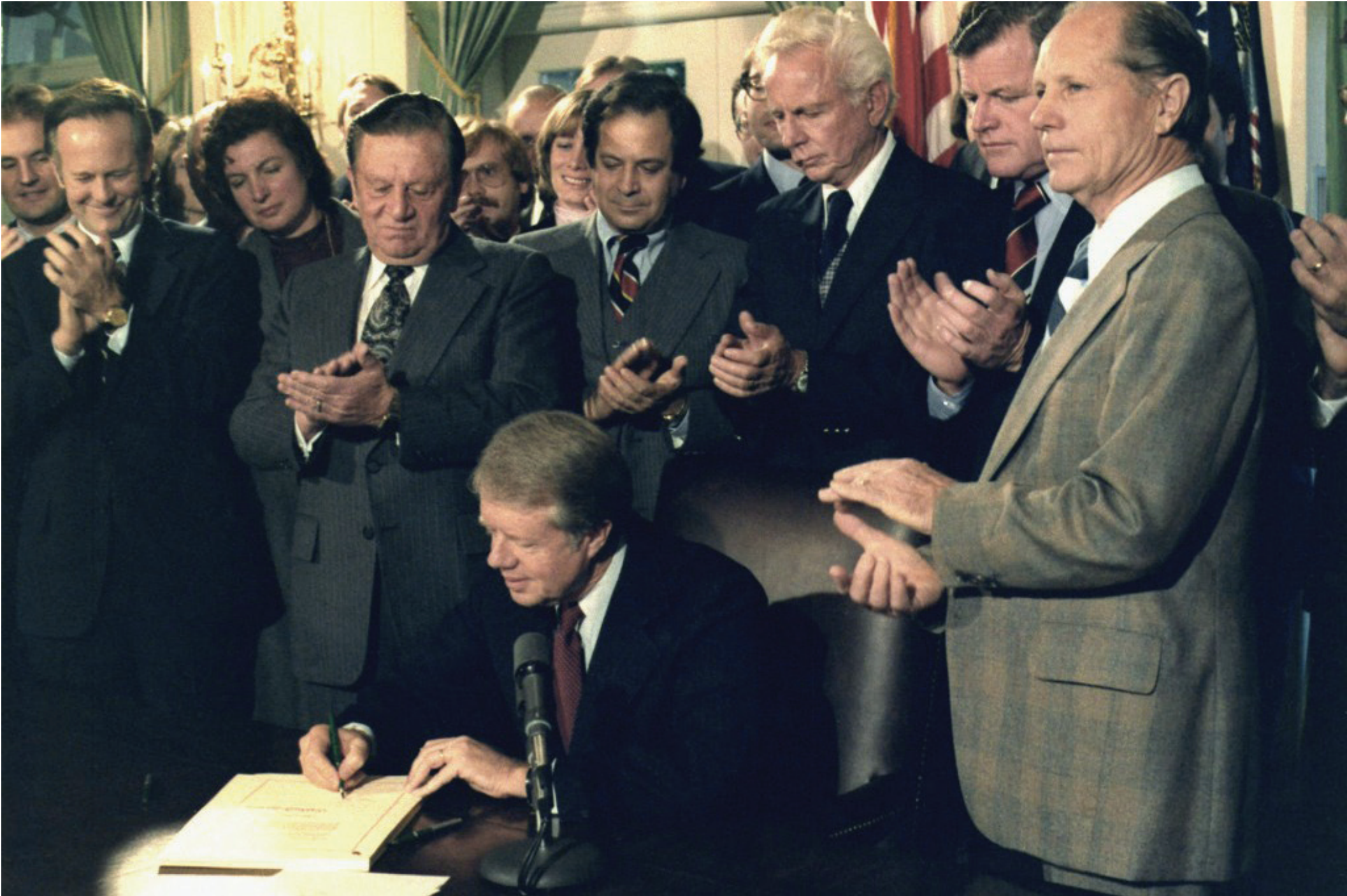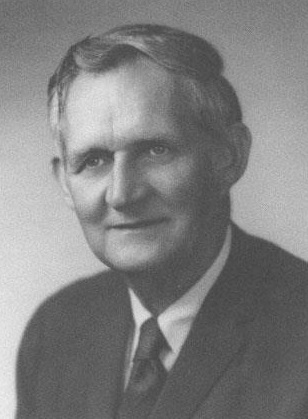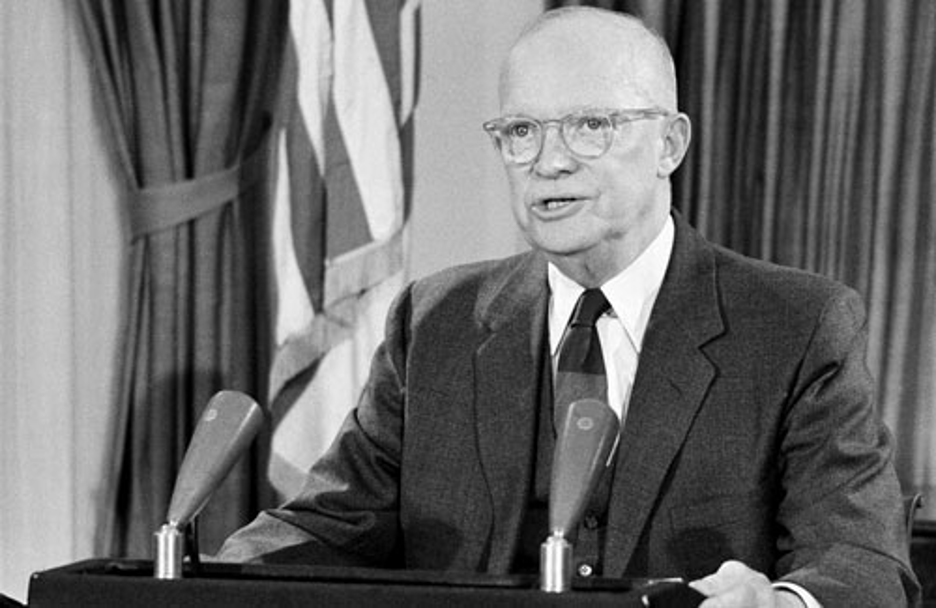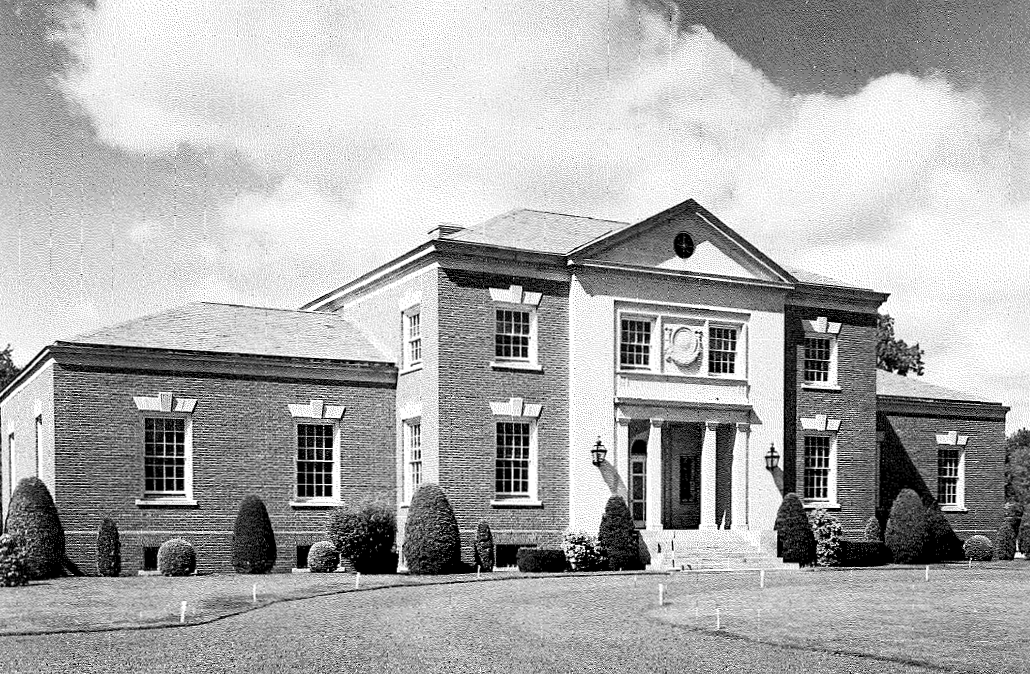Eno in the 2010’s
The 2010's was a decade of increased research and collaboration for Eno and technological advancement in the industry. Jeff Davis, creator of Transportation Weekly, joined Eno and began the publication of Eno Transportation Weekly. Eno partnered with the Multi-Agency Exchange (MAX) program to facilitate the Eno/MAX program, which brings front-line managers to visit their counterparts in the other agencies for collaborative best-practice sharing practices. Some key industry moments in the 2010's included the invention of Transportation Network Companies (TNCs), the passage of the FAST Act, and the subsequent INFRA grants.




